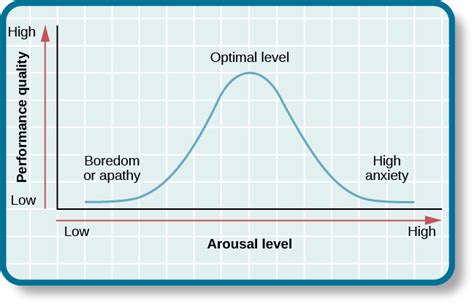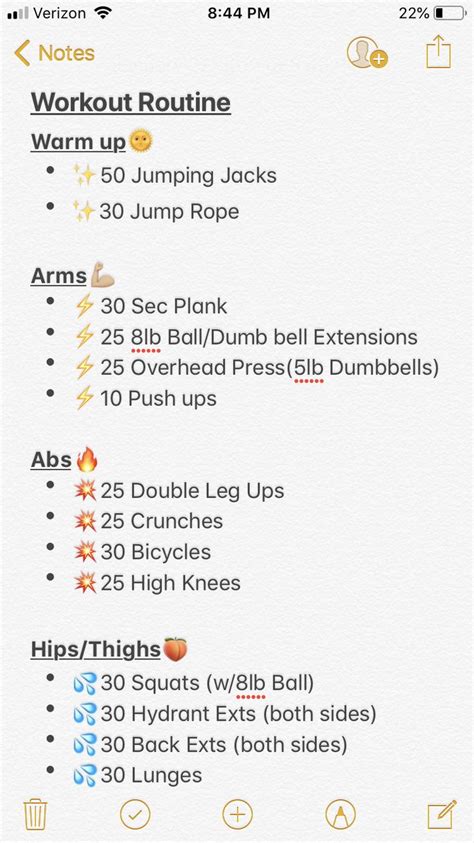What is the most efficient way for men to break a strength training plateau & maximize muscle?

Understanding the Strength Training Plateau
Hitting a strength training plateau is a common and often frustrating experience for men striving to maximize muscle growth. Initially, gains come relatively quickly, but eventually, the body adapts to the consistent stress, and progress stalls. This isn’t a sign of failure but rather an indicator that your body has become highly efficient at handling your current routine. To break through this barrier and continue building muscle, a strategic re-evaluation and adjustment of your training, nutrition, and recovery protocols are essential.
Re-evaluating Your Progressive Overload Strategy
The cornerstone of muscle growth is progressive overload – continuously challenging your muscles with increased resistance, volume, or intensity over time. When a plateau hits, it’s often because this progression has stalled or become too predictable.
Incremental Increases
Instead of making large jumps in weight, try smaller, more consistent increases. Adding just 2.5 lbs (1.25 kg) to your lifts each week, or performing one extra rep per set, can accumulate significant progress over months without overtaxing your system.
Volume & Intensity Manipulation
Periodization, the systematic variation of training variables, can be highly effective. This might involve cycling between phases of high volume/moderate intensity and low volume/high intensity. For instance, spend 4-6 weeks focusing on higher reps (10-15) with moderate weight, then switch to lower reps (4-6) with heavier weight for the next 4-6 weeks.

Time Under Tension & Rep Ranges
Experiment with different rep ranges and control the tempo of your lifts. Slower eccentrics (lowering the weight) can increase time under tension, leading to greater muscle damage and subsequent growth. Also, don’t be afraid to occasionally venture outside your typical 6-12 rep range; sometimes, going heavier for fewer reps or lighter for higher reps can provide a novel stimulus.
Optimizing Nutrition for Growth and Recovery
Training breaks down muscle, but nutrition builds it back stronger. Insufficient fuel is a primary reason men hit plateaus.
Caloric Surplus
To gain muscle, you generally need to consume more calories than you burn – a caloric surplus. Calculate your maintenance calories and aim for an additional 250-500 calories per day. This provides the energy needed for muscle protein synthesis and recovery.
Protein Intake
Protein is the building block of muscle. Aim for 0.8-1 gram of protein per pound of body weight per day, distributed throughout your meals. This ensures a constant supply of amino acids for repair and growth.
Carbohydrates & Fats
Carbohydrates fuel your workouts and replenish glycogen stores, while healthy fats are crucial for hormone production, including testosterone, which plays a vital role in muscle growth. Don’t neglect these macronutrients; balance is key.

The Critical Role of Recovery
Often overlooked, recovery is where muscle actually grows. If you’re consistently under-recovering, your body will struggle to adapt and build.
Prioritizing Sleep
Aim for 7-9 hours of quality sleep per night. During deep sleep, the body releases growth hormone and performs critical repair processes. Poor sleep can elevate cortisol (a catabolic hormone) and suppress testosterone.
Active Recovery & Deloads
Incorporate active recovery (light cardio, stretching, foam rolling) on rest days to improve blood flow and reduce soreness. More importantly, schedule regular deload weeks (every 6-8 weeks) where you significantly reduce your training volume and/or intensity. This allows your body to fully recover, repair, and prepare for the next training cycle, often resulting in a breakthrough when you return to full training.
Stress Management
Chronic stress, whether from work, relationships, or life in general, can negatively impact recovery and muscle growth by elevating cortisol levels. Implement stress-reducing techniques like meditation, hobbies, or spending time in nature.

Varying Your Training Stimulus
The body is incredibly adaptable. To keep progress coming, you need to continually introduce new challenges.
Exercise Selection
While compound movements are king, occasionally swapping out an exercise for a similar but slightly different one can provide a fresh stimulus. For example, switch from barbell squats to front squats or leg press, or from flat bench press to incline dumbbell press.
Intensity Techniques
Incorporate advanced techniques like drop sets, supersets, rest-pause, or forced reps (with a spotter). These can push your muscles beyond typical failure points, stimulating new growth, but should be used sparingly due to their high recovery demands.
Training Frequency
Consider adjusting how often you train certain muscle groups. If you’re currently hitting each group once a week, try splitting your routine to hit them twice. Increased frequency, coupled with appropriate volume, can accelerate muscle protein synthesis.

Consistency and Patience: The Long Game
Breaking a plateau and maximizing muscle is not a linear process. There will be ups and downs, and some periods of slower progress. The most efficient way to achieve long-term success is through unwavering consistency in your training, nutrition, and recovery. Be patient, trust the process, and stay committed to making small, sustainable changes.

Conclusion
Breaking a strength training plateau and maximizing muscle growth for men requires a holistic and strategic approach. By meticulously re-evaluating your progressive overload, optimizing your nutrition for anabolism, prioritizing recovery, and intelligently varying your training stimulus, you can overcome sticking points and continue on your path to building a stronger, more muscular physique. Remember, adaptation is key, and by continually forcing your body to adapt to new challenges, you’ll unlock further gains.







